To say that the pandemic made 2020 a very challenging year would be a gross understatement. Because of service disruptions – not being able to buy toilet paper, for example – the supply chain has been more discussed than ever before. It was also a very, very tough year for supply chain professionals working in the grocery supply chain.
But just how bad was it? And how can consumer goods companies learn from their performance in this pandemic to prepare for the future? A study by E2open – the 2021 Forecasting and Inventory Benchmark Study: Supply Chain Performance During the Covid-19 Pandemic – provides the answers.
I look forward to this study every year. Benchmarking the forecasting process is difficult. E2open has come up with an innovative way of doing this. The company provides demand and inventory planning solutions based on a public cloud architecture. They provide these solutions to some of the largest consumer goods and food & beverage companies in the world. Because of this architecture, E2open can access, aggregate, and anonymize the data across their customer base. They can then use the data to provide an apples-to-apples benchmark on a variety of innovative supply chain metrics applicable to the grocery supply chain.
Forecasting Accuracy Was Terrible
The study shows delivering good service to grocery chains has never been harder. During the early months of the pandemic, demand planning error jumped to 59%, up 14% from the pre-pandemic error rate of 45%. “Traditional forecasting,” the study pointed out, “is based on the presumption that history repeats itself. Even in the best of times, this method has limitations. During the pandemic, it completely failed. For companies trying to predict demand in March of 2020 as the world was descending into lockdown and everything was being turned upside down, what happened in March of 2019 had little to no relevance. The pandemic created seismic changes in consumer behavior.”
Panic buying exacerbated the problem. As shelves emptied at the beginning of the pandemic, consumers were less picky about their preferences. They searched for any product in a category they could get their hands on. This meant that slow moving items in a product category got snapped up, and the forecast for these items was significantly too low.
“While supply chains are flexible in nature and designed to adapt to deviations from the plan,” the study points out, “instances of ‘extreme error’ — where forecasts exceed or fall short of sales by two times or more — are the most costly and disruptive to businesses.” These extreme error events “are the supply chain equivalent of the highway washout or bridge closure.” These are events that are extremely costly to deal with or represent huge losses in potential revenue. During the pandemic, extreme error events rose to 38%. Pre-pandemic that number was 27%.
No matter what kind of demand planning solution was used, forecasting accuracy dropped. But if there was any silver lining it was that companies that made use of planning systems that combined demand sensing – the use of multiple, real-time signals (like sales in a particular store or shipments from a retailer’s warehouses to their stores) – and machine learning, had significantly less error. Demand sensing solutions, as defined in this report, produce daily forecasts that reflect current market realities, so it should not be surprising these forecasting solutions perform better when uncertainty increases.
Service Plummets to Historic Lows in the Groceries
During the onset of the pandemic – the months after March when nations were locking down their borders – service dropped to 83%. That is an all-time low. For multinational consumer goods and food & beverage companies, service is typically 99%. Service is calculated as the difference between orders and shipments, divided by shipments. In other words, if manufacturers cannot deliver everything that retailers are ordering, then there is a service failure.
By June, service levels had bounced back to 86%. For the rest of 2020, service levels stayed at 86%. While that was an improvement, it was still much worse than the historic baseline 99% service levels. Not surprisingly, safety stock – inventory buffers used to protect against demand variability and supply disruptions – increased by 4% to deal with the volatility caused by the pandemic.
Despite Service Disruptions, Revenues Grew
For the most part, the companies participating in this study manufacture goods that end up in grocery stores. Because many consumers began working at home and greatly curtailed dining out and traveling, demand for grocery goods soared. The result was the largest sales growth in the ten-year history of this study. However, there were unrealized revenue opportunities for the manufacturers. Sales could have been even higher if service had been better. The math is simple, a 13% reduction in service over the course of a year translates to a 13% drop in sales.
The multinationals participating in this study also took steps to maximize revenues during a very difficult operating environment. Service for fast movers – the products that are their key money makers – would have been even worse if not for a shift in strategy. There was a shift from “’growth through innovation’ to ‘growth through efficiency.’ Historically, manufacturers of fast-moving consumer goods stimulate demand through a steady stream of introductions, with roughly one-third of items being replaced each year. 2020 was different. It was a time of need, and demand for essential goods was high. The challenge for companies was less about creating new demand than filling orders for existing demand. In response, manufacturers adopted strategies to maximize production efficiencies, cutting the rate of introductions in half to focus on existing products trusted by consumers. Furthermore, priority shifted to higher-volume items to reduce changeovers and maximize output. The rapid change in strategy to focus on efficiency and assure supply in this time of need reflects strong corporate commitment to social responsibility.”
Final Thoughts
Supply chain management is not getting any easier. Executives will have to deal with supply chain turmoil caused by new virus variants, global warming, increasing geopolitical pressures, the rise of populism, cyber-attacks, terrorism, or other yet unknown crises.
Understanding what happened during the pandemic helps leaders prepare for other large-scale disruptions in the future. Metrics – like forecastability, extreme undersell error, extreme oversell error, or forecast value-added – help a company understand how their supply chain performed during the single largest disruption in modern history. Understanding these inventory and forecasting metrics, and what moves them, can help companies serve their customers better while incurring lower costs or higher revenues.




